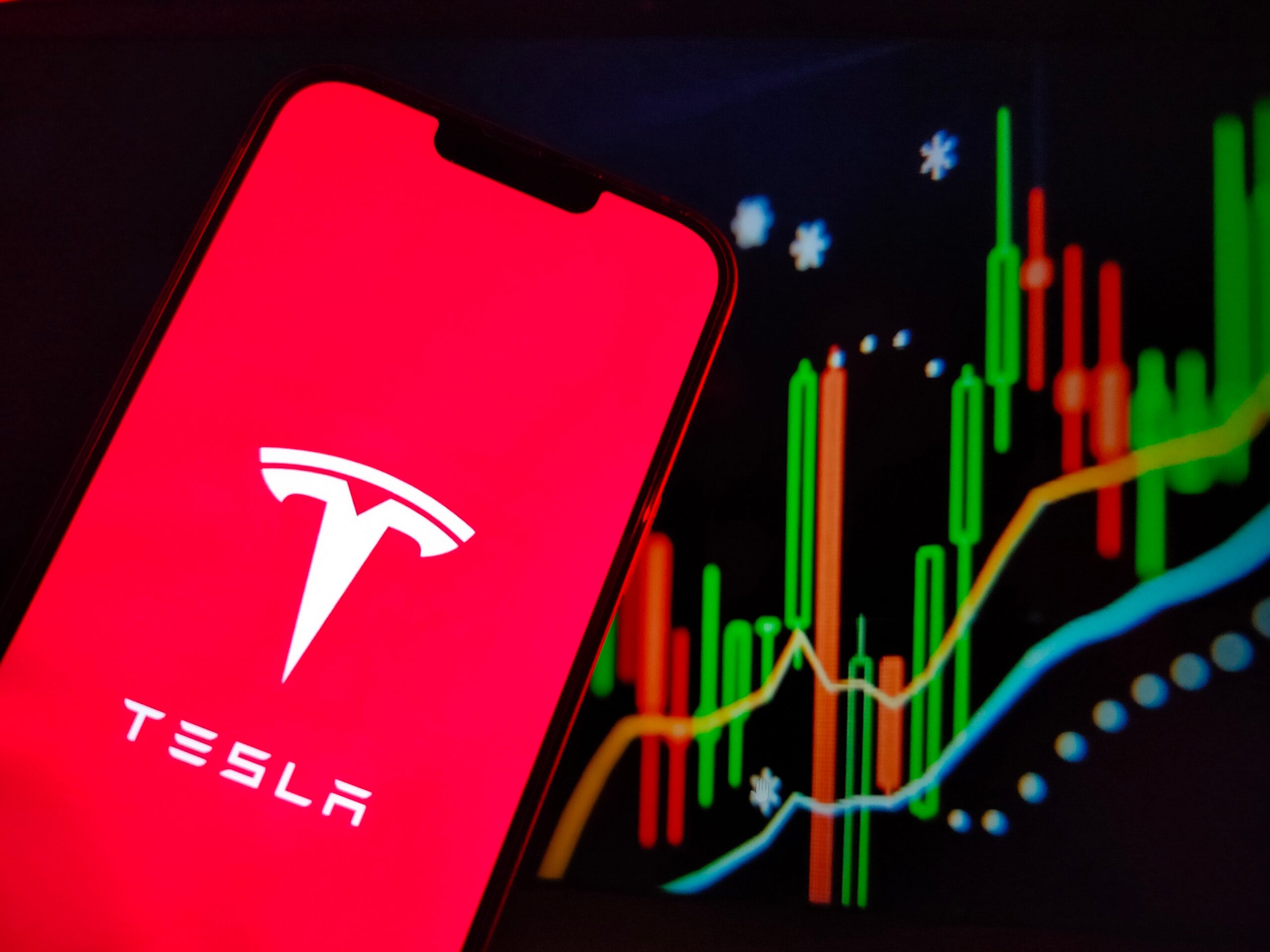Tesla Q2 2025 Earnings: Revenue and Deliveries Drop

Tesla's Q2 2025 Performance: Mixed Results and Strategic Moves
Tesla released its financial results for the second quarter of 2025, revealing a mix of positive developments and challenges. The company reported a GAAP net income of $1.2 billion and a non-GAAP net income of $1.4 billion. However, revenue for the quarter stood at $22.5 billion, marking a 12% decline compared to the same period in 2024. This drop was attributed to several factors, including reduced vehicle deliveries, a lower average selling price, and decreased regulatory credit revenue. Additionally, Tesla’s free cash flow for the quarter was $146 million, down 89% year-over-year.
Despite the financial headwinds, Tesla made significant strides in its autonomous technology. The company began limited commercial operations of its Robotaxi service in Austin, Texas, during the quarter. It also delivered its first fully autonomous customer vehicle, though this model still requires active driver supervision. Tesla remains confident in its camera-only autonomous system, which is trained on data from its global fleet. The company believes this approach will allow it to scale efficiently with minimal marginal investment.
Vehicle Production and Deliveries
In terms of production, Tesla manufactured 410,244 vehicles during the quarter, nearly flat compared to the previous year. Deliveries, however, fell by 13% to 384,122 units. The Model 3 and Model Y accounted for the majority of both production and deliveries. In May, Tesla launched a new Long Range RWD Model Y variant, starting at under $45,000 before incentives and offering a range of 357 miles.
The energy segment saw continued growth, with trailing twelve-month energy storage deployments reaching a record for the twelfth consecutive quarter. Tesla deployed its first Megapack units from the Megafactory in Shanghai, highlighting the company’s expanding footprint in energy solutions. The company emphasized that its energy storage products can be deployed four times faster than fossil fuel generation assets of equivalent capacity. Powerwall deployments also hit a record high for the fifth consecutive quarter.
Expansion and Technological Advancements
Tesla further expanded its global Supercharger network, increasing the number of connectors by 18% year-over-year to over 70,000. The energy and services segment achieved a record gross profit of $846 million. The company also reported improved gross profit from Supercharging and highlighted the use of AI-powered customer service agents and technician tools to streamline support.
In core technology, Tesla expanded its AI compute infrastructure to a total of 67,000 H100-equivalent GPUs. A production Model Y completed what the company described as the first autonomous customer delivery, covering a ~30-minute route from the factory to the customer’s residence. The Robotaxi mobile app was launched, featuring functionality tied to users’ Tesla profiles.
Financial Challenges and Future Outlook
Capital expenditures for the quarter reached $2.4 billion. Operating income was $923 million, down 42% from Q2 2024, resulting in an operating margin of 4.1%. Tesla cited higher research and development expenses—particularly related to AI—and an increase in stock-based compensation as contributing factors to lower profitability.
Looking ahead, Tesla expects volume production of a more affordable vehicle in the second half of 2025. Development of the Tesla Semi and the purpose-built Robotaxi, named Cybercab, continues, with both scheduled for volume production in 2026. The company also reaffirmed plans to begin lithium refining and cathode production in the U.S. in 2025.
Liquidity and Financial Position
At the end of the quarter, Tesla held $36.8 billion in cash, cash equivalents, and investments, slightly down from the previous quarter. Despite macroeconomic uncertainty, the company stated that it retains sufficient liquidity to fund its long-term product roadmap and capacity expansion efforts.